
Wiadomości i blog
Wielkie rzeczy w biznesie nigdy nie są dokonywane przez jedną osobę. Robi je zespół ludzi. Mamy tę dynamiczną grupę ludzi
Szklane pojemniki odgrywają kluczową rolę w różnych gałęziach przemysłu, zwłaszcza w branży kosmetycznej, perfumeryjnej i farmaceutycznej. Choć oferują one elegancję, trwałość i ochronę, wady jakościowe w produkcji mogą wpływać na ich wydajność i estetykę. W tym artykule omówimy typowe wady szklanych pojemników, ich przyczyny i potencjalne rozwiązania.
Produkcja szkła jest złożonym procesem, a różne wady mogą wystąpić z powodu problemów z surowcami, wad konstrukcyjnych formy lub niewłaściwych technik formowania. Poniżej przedstawiamy najczęściej spotykane wady:
Pęcherzyki to kieszenie powietrzne uwięzione w strukturze szkła. Mogą pojawić się z powodu:
Zanieczyszczenia w surowcach
Nieodpowiednie topienie lub rafinacja
Słaby skład partii
Wpływ: Niedoskonałości estetyczne i zmniejszona integralność strukturalna.
Pęknięcia to widoczne pęknięcia, podczas gdy kontrole to drobne szczeliny na powierzchni. Przyczyny obejmują:
Nagłe zmiany temperatury podczas produkcji
Niewłaściwy proces wyżarzania
Naprężenia mechaniczne podczas obsługi
Wpływ: Zwiększone ryzyko pęknięcia, co czyni produkt niebezpiecznym w użyciu.
Szklane pojemniki o nierównej grubości ścianek mogą być wynikiem:
Słaba konstrukcja formy
Nierównomierny rozkład stopionego szkła
Nieprawidłowy proces formowania
Wpływ: Słabości strukturalne, prowadzące do pęknięć pod naciskiem.
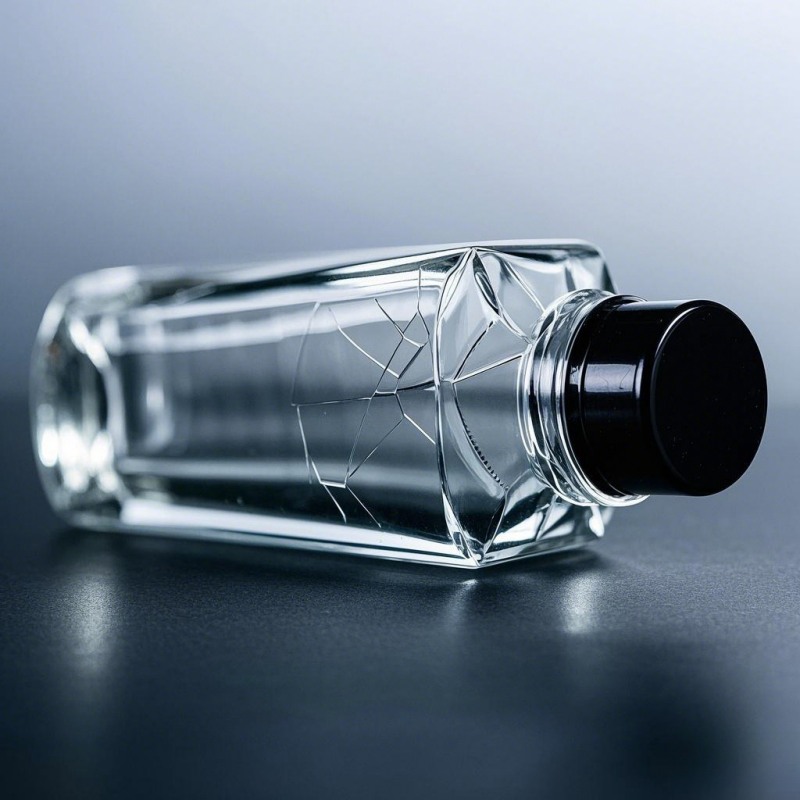
Obce cząstki osadzone w szkle, takie jak niestopiony piasek lub materiały ogniotrwałe, mogą powstać w wyniku:
Zanieczyszczone surowce
Niekompletny proces topienia
Erozja wykładziny pieca
Wpływ: Wady estetyczne i potencjalne słabe punkty, które zwiększają prawdopodobieństwo złamania.
Wady te występują z powodu:
Tarcie podczas transportu lub przechowywania
Niewłaściwa obsługa
Szorstki kontakt z częściami maszyny
Wpływ: Zmniejszona atrakcyjność wizualna i możliwe uszkodzenia strukturalne w miarę upływu czasu.
Problemy takie jak szorstkie wykończenia, źle ustawione szyjki lub niewłaściwe powierzchnie uszczelniające są spowodowane przez:
Wadliwe projekty form
Niespójny rozkład szkła podczas formowania
Słabe procesy przycinania i wykańczania
Wpływ: Problemy z nieszczelnością, niewłaściwe dopasowanie zamknięcia i zmniejszona satysfakcja klienta.
Producenci wdrażają rygorystyczne środki kontroli jakości w celu zminimalizowania wad i zapewnienia wysokiej jakości szklanych pojemników. Kluczowe strategie obejmują:
Ulepszony wybór surowców: Wykorzystanie materiałów o wysokiej czystości w celu zminimalizowania zanieczyszczeń i pęcherzyków powietrza.
Zoptymalizowane działanie pieca: Zapewnienie całkowitego stopienia i rafinacji w celu uniknięcia kamieni i wtrąceń.
Konserwacja pleśni: Regularna kontrola i konserwacja form w celu utrzymania spójności.
Zaawansowane techniki formowania: Wdrożenie precyzyjnych technik formowania i chłodzenia w celu uniknięcia cienkich ścianek i pęknięć.
Obróbka powierzchni: Nakładanie powłok lub metody polerowania w celu zmniejszenia zarysowań i zwiększenia trwałości.
Zautomatyzowane systemy inspekcji: Wykorzystanie zaawansowanych technologicznie narzędzi kontrolnych do wykrywania i eliminowania wadliwych jednostek przed zapakowaniem.
| Typ wady | Przyczyny | Wpływ |
|---|---|---|
| Wady bąbelków | Zanieczyszczenia, nieodpowiednie topienie, zły skład partii | Wady estetyczne, słaba struktura |
| Pęknięcia i kontrole | Nagłe zmiany temperatury, słabe wyżarzanie, naprężenia mechaniczne | Zwiększone ryzyko uszkodzenia |
| Cienka/nierówna grubość ścianki | Słaba konstrukcja formy, nierównomierny rozkład szkła | Osłabienie strukturalne, potencjalne pęknięcie |
| Kamienie i inkluzje | Zanieczyszczone surowce, niekompletne topienie | Kwestie estetyczne, słabe punkty |
| Zarysowania i otarcia powierzchni | Tarcie, niewłaściwa obsługa, szorstki kontakt z maszyną | Zmniejszona trwałość i atrakcyjność |
| Uszczelnianie i wady wykończenia | Wadliwa konstrukcja formy, niespójny rozkład szkła | Nieszczelność, niewłaściwe dopasowanie zamknięcia |
Zrozumienie i wyeliminowanie wad jakościowych w szklanych pojemnikach ma zasadnicze znaczenie dla zachowania integralności produktu, estetyki i zadowolenia klientów. Wdrażając solidne środki kontroli jakości i ciągłe ulepszenia w procesie produkcyjnym, firmy mogą zapewnić produkcję wysokiej jakości szklanych pojemników, które spełniają standardy branżowe.
Niezależnie od tego, czy jesteś producentem, czy marką poszukującą niezawodnych rozwiązań opakowaniowych, współpraca z doświadczonymi dostawcami stosującymi rygorystyczne procesy zapewniania jakości może znacząco wpłynąć na sukces Twojego produktu na rynku.
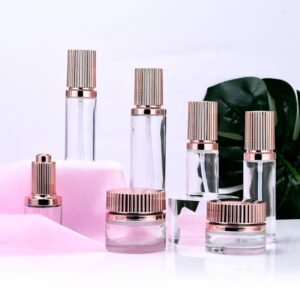
Poznaj kontrolę jakości w produkcji szklanych butelek kosmetycznych. Dowiedz się więcej o surowcach, testach, inspekcjach i standardach dotyczących wysokiej jakości opakowań.

Dowiedz się, dlaczego 62% luksusowych marek kosmetyków do pielęgnacji skóry wybiera szklane opakowania: Nauka blokująca promieniowanie UV, estetyka premium i zrównoważony rozwój ekologiczny. Dowiedz się, jak szklane butelki chronią substancje czynne i podnoszą kunszt marki.

Poznaj ewoluujący rynek opakowań kosmetycznych! Dowiedz się o rosnących kosztach materiałów, trendach w projektowaniu, ekologicznych rozwiązaniach i strategiach rozwoju marek kosmetycznych.
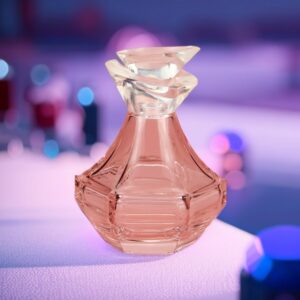
Podnieś jakość swoich opakowań dzięki szklanym materiałom opakowaniowym. Dowiedz się, jak uzyskać matowy wygląd, korzystając z naszego przewodnika.
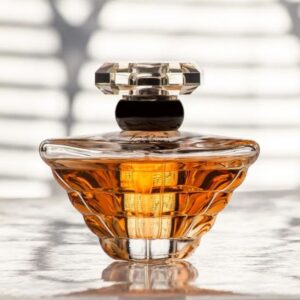
Odkryj 10 najlepszych damskich perfum o luksusowych zapachach w eleganckich szklanych flakonach. Znajdź swój idealny zapach na każdą okazję już dziś!
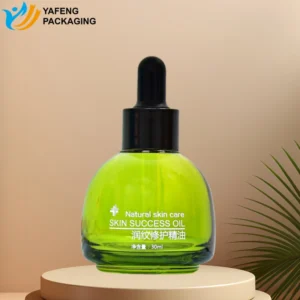
Odkryj, w jaki sposób powlekanie natryskowe ulepsza opakowania kosmetyków do pielęgnacji skóry i perfum, poprawiając wygląd, tożsamość marki, trwałość i bezpieczeństwo dzięki zaawansowanej technologii.
Poznaj niestandardowe i standardowe butelki do opakowań do pielęgnacji skóry. W tym szczegółowym przewodniku dowiesz się, w jaki sposób rozwiązania Yafeng zwiększają tożsamość marki, jakość i wydajność.
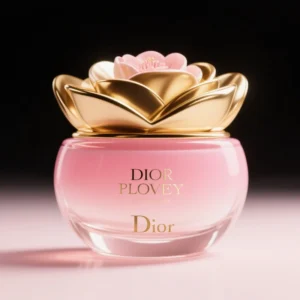
Dowiedz się, jak gradientowy kolor w sprayu przekształca szklane butelki kosmetyczne, poprawia wizerunek marki i zwiększa atrakcyjność produktu dzięki spostrzeżeniom ekspertów z Yafeng Packaging.
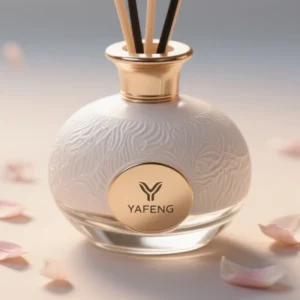
Odkryj, jak działa aromaterapia rattanowa i dlaczego szklane butelki są najlepszym wyborem ze względu na długotrwały zapach, bezpieczeństwo i zrównoważone, eleganckie opakowanie.

Odkryj 10 najlepszych rodzajów drewna na nasadki do perfum, porównując teksturę, zalety, wady i cenę, aby pomóc Ci wybrać najlepszy materiał na stylowe, wysokiej jakości opakowanie.

Poznaj szklane butelki kosmetyczne - bezpieczeństwo, korzyści ekologiczne, rodzaje, kolorystykę, koszty formowania, MOQ i wskazówki dotyczące produkcji - w jednym eksperckim, bogatym w dane przewodniku.
Napisz do nas na WhatsApp